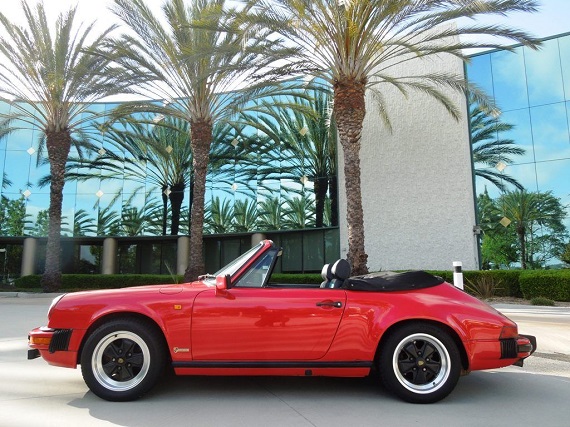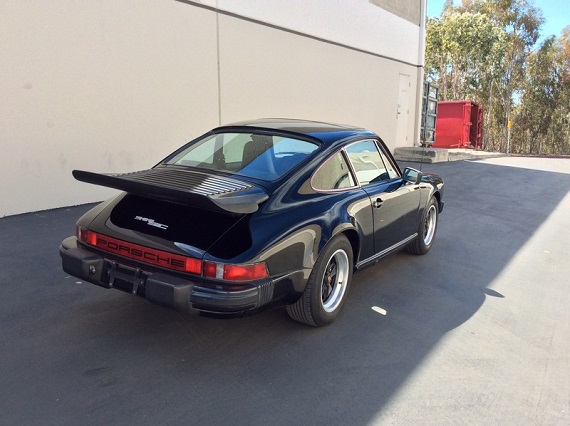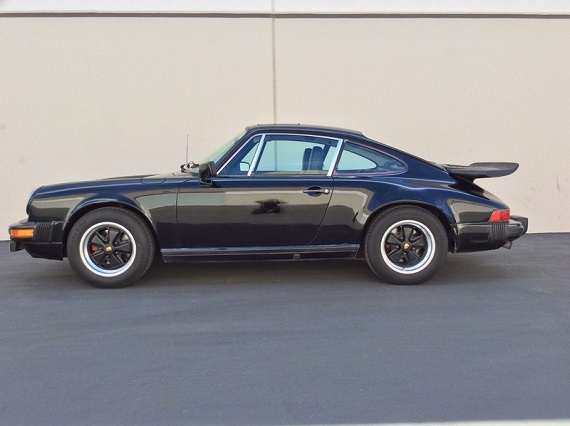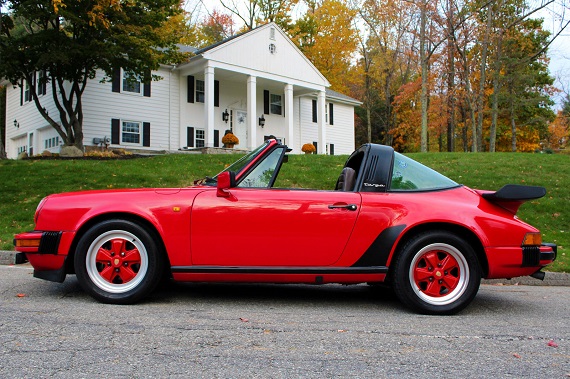Quick aside: earlier this year I spent some time out west doing some hiking and running. As an East-coaster my whole life, the desert environment is something that is entirely unfamiliar to me and there’s a captivating beauty to be found in those parched and sun-dried landscapes that is difficult to convey through anything other than being there. Of course, one of the starkest differences between that environment and the East coast is the natural color. There is less total variety, yet we still see an abundance of variety within a few basic shades. So what does this have to do with cars? Mainly, it’s that I have a greater appreciation for many of these natural shades, the earthier tones that we see far fewer of on modern cars but were quite popular in the late-’70s. I have always enjoyed particular shades of metallic brown even if I still might gravitate to many of the brighter colors of the spectrum, along with black, which possesses its own distinct appeal. But there is a way in which these natural colors conform with and reflect certain environments that itself brings along its own beauty and vitality. As with anything, not every color works well and some are clearly more interesting than others, but the color we see here is one of those that I think possesses a nice mix of beauty and simplicity. Here we have a Copper Brown Metallic 1979 Porsche 911SC, located in Arizona, with Cork leather interior and 88,588 miles on it.
Tag: 911SC
As we begin to close out Convertible Week here at GCFSB, let’s take a look at an example from the very first year of the 911 Cabriolet. Porsche had experimented with an open-top 911 far earlier with the release of the Soft-window Targa. Those models allowed for both an open top and open rear window while integrating a fixed rollhoop. I’ve never thought the design looked right and, I guess unsurprisingly, the Soft-window Targa eventually gave way to the hard-window Targa with which we are all very familiar. For a number of years that was it. Due to their concerns over safety regulations rendering the full convertible obsolete, Porsche never committed to making a true Cabriolet until the 911SC was ending its model run, more than 15 years after they first introduced the Soft-window Targa. That makes those first Cabriolets somewhat special as not only were they the first 911 Cabriolet to be produced, but they also happen to be the only year they were produced as a 911SC. That second point holds less weight with most people, but for someone who might have a preference for the SC over the 3.2 Carrera, options for open-top motoring dwindle quite quickly. The example we see here, an Indischrot 1983 Porsche 911SC Cabriolet, located in California, with 45,205 miles on it appears aimed at the collector crowd (at least based on how it’s been priced), though for someone who might want to spend a bit of time driving their Cabriolet there is enough mileage here to retain much of the long-term value even with some additional mileage each year.
CLICK FOR DETAILS: 1983 Porsche 911SC Cabriolet on eBay
2 CommentsYesterday we took a look at a 1989 MY 3.2 Carrera, the last of the classic 911s, and today we will turn the clock back a little bit further to take a look at the first year of the 911SC. As discussed in yesterday’s post, 1978 and 1989 bookend an important period for the 911 and Porsche in general and, just as importantly for our purposes here, all of the cars from this period remain in high demand though also can be found for decent value. That value becomes especially noticeable when looking at the 911SC. The SC came along following a slightly rough patch for the 911 as the mid-year cars, which had followed upon the very well regarded 2.4 liter long-hood models (as well as the legendary Carrera RS), appeared to be a significant step backward for the marque. Hampered by restrictive emissions equipment dulling engine power and fitted with impact bumpers that took some time to adapt to, the mid-year 911 has struggled to capture the hearts of Porsche fans for quite a while now. There are always exceptions, of course, and the cars did get better as we moved toward 1978 and the release of the 911SC, but that release still marked a turning point and escape from the wilderness. Fitted with a near bullet proof 3.0 liter flat-six the SC now brought the 911’s performance and reliability back to where enthusiasts expected it and the gradual evolution of the design had begun to win over more and more fans. Here we have a nice first-year example: a Black 1978 Porsche 911SC Coupe, located in California, with 103,900 miles on it.
CLICK FOR DETAILS: 1978 Porsche 911SC Coupe on eBay
5 CommentsTurn the clock back one year and nearly every classic 911 we featured seemed caught up in a whirlwind of ever-escalating value. Cars that had long been the standard for value-conscious buyers were now being snapped up almost immediately once they were put up for sale. It was clearly a seller’s market for cars that probably had been undervalued for a long time and we were seeing the market correct itself. Much of this craze affected the 3.2 Carrera, but values of its predecessor, the 911SC, also increased quite a bit, especially for excellent low-mileage examples. Sitting here now, the market has stabilized for all but the absolute best cars, which gives those searching for a good driver-quality example reasonable benchmarks for evaluating their options. Prices are higher than they once were, but at least in relative terms the 911SC still represents a nice value for those looking to own a classic 911. The example we see here is a 1982 Porsche 911SC Coupe, located in Virginia, with 106,000 miles on it.
CLICK FOR DETAILS: 1982 Porsche 911SC Coupe on eBay
2 CommentsAmid all of the high-dollar collectible Porsches there still exist plenty of options, though they dwindle with each passing year, for those seeking to find a reasonable value. Many of these value machines also benefit from sharing a market with those collectibles and with care they can be resold at a later date for sometimes more than their current purchase price. The key is to find cars that have been well cared for throughout their life. The 911 especially has had a lengthy history of stout engines so a car’s mileage is important, but its care is paramount. The 911SC fits most of these parameters perfectly: the engine has a history of long life and collectors haven’t taken as much notice outside of the best examples on the market. For fans of the Targa, value is even easier to find since the Targa has almost always been the lowest regarded of the models. I am a fan of the Targa so I always enjoy coming across these sorts of examples: here we have a India Red 1982 Porsche 911SC Targa, located in Massachusetts, with a Chocolate Brown interior and 110,772 miles on it.






